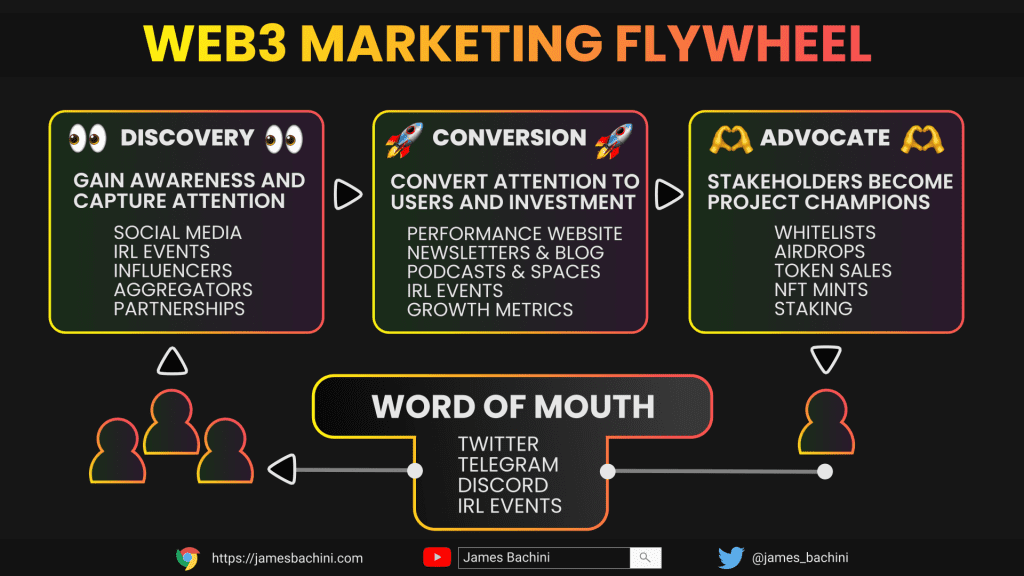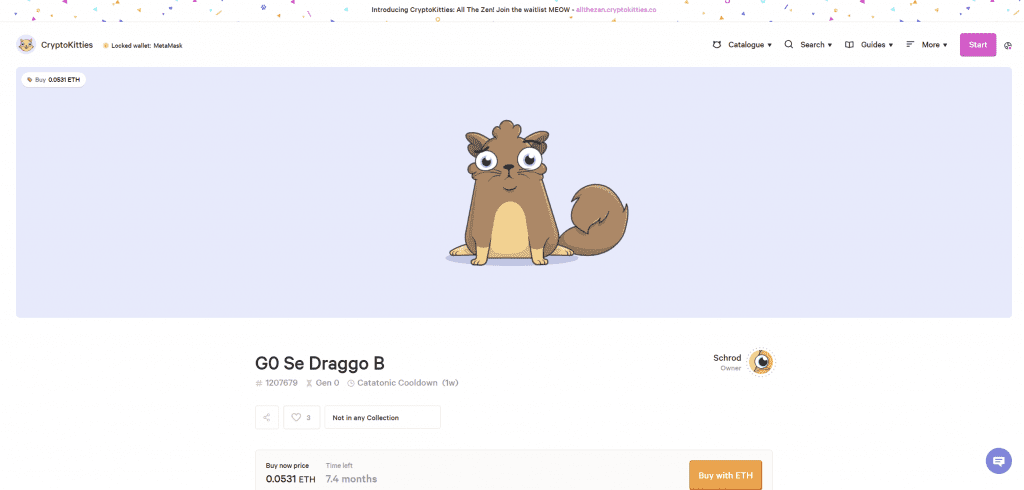This article delves into the key aspects of marketing psychology that are unique or particularly relevant to the Web3 ecosystem, exploring how trust, community engagement, scarcity, fear of missing out, attention economy, and behavioural economics intersect with this innovative space.
- Trust and Credibility
- Building Community Engagement
- Creating Value Through Scarcity
- Fear Of Missing Out
- Attention Economy and Information Overload
- Behavioral Economics
Trust and Credibility
The blockchain sector has been plagued by numerous fraud & scams, making trust paramount for any project seeking to establish itself. To differentiate oneself in this environment, leveraging social proof and transparency has become essential.
Founder public profiles play a significant role in building trust. Even with anonymous teams thought leadership can be demonstrated through insightful content and active participation in industry discussions.
Other methods to enhance trust include regular, transparent communication about project milestones, third party audits of smart contracts, and clear accessible documentation.
By consistently delivering on promises and maintaining open lines of communication, web3 projects can build the trust necessary for long-term success.
Building Community Engagement
Community engagement is the lifeblood of web3 projects. The decentralised nature of these initiatives means that active, engaged communities often drive their success. Incentives play a crucial role in fostering this engagement. Many projects implement token based reward systems for community contributions, whether through governance participation, content creation, or network growth.
The web3 flywheel effect describes how community engagement can create a self-reinforcing cycle of growth. As community members become more invested, both financially and emotionally, they are more likely to contribute to the project’s development, attract new members, and increase the overall value of the ecosystem. This, in turn, draws more attention and resources to the project, further fuelling its growth.

Successful community building in Web3 often involves a combination of digital and real-world interactions. Online forums, social media platforms, and dedicated community channels provide spaces for continuous engagement, while meetups, hackathons, and conferences offer opportunities for face to face connections that deepen community bonds.
Creating Value Through Scarcity
Digital scarcity is a unique concept in Web3 that has profound implications for creating value and exclusivity. Unlike traditional digital assets, which can be infinitely replicated, blockchain technology enables the creation of provably scarce digital items. This scarcity, whether in the form of limited-edition NFTs, capped token supplies, or exclusive access rights, can drive significant value.

The psychology of scarcity in Web3 taps into the human desire for uniqueness and status. Owning a rare digital asset or being part of an exclusive group can provide a sense of pride and belonging. Projects leverage this by creating tiered membership systems, limited edition releases, and time bound opportunities to participate in events or token sales.
However, it’s crucial to balance scarcity with accessibility. While exclusivity can drive interest and value, excessive barriers to entry can limit community growth and overall project success.
Successful Web3 projects often find ways to create multiple levels of engagement, allowing for both exclusive experiences and broader participation.
Fear Of Missing Out
The fear of missing out or FOMO is a powerful psychological driver. The rapid pace of innovation and the potential for significant financial gains can lead individuals to make hasty investment decisions, often at the worst possible times. This phenomenon is particularly evident during bull markets, where prices surge rapidly, and the fear of missing out on potential profits can override rational decision making.

Time sensitive offers and limited time events tap into this psychology, creating a sense of urgency that can drive rapid adoption or investment. However, it’s important to note that while FOMO can be an effective marketing tool, its overuse or exploitation can lead to market volatility and potential harm to investors.
Responsible Web3 projects aim to balance the use of urgency in their marketing with transparent communication about risks and realistic expectations. Educating community members about the cyclical nature of markets and the importance of due diligence can help mitigate the negative impacts of FOMO driven decision making.
Attention Economy and Information Overload
In the age of social media and constant connectivity, capturing and maintaining attention has become increasingly challenging. The Web3 space, with its rapid pace of innovation and abundance of projects, faces particular challenges in this regard. Cutting through the noise requires not only compelling messaging but also consistency and strategic use of multiple channels.
Shifting narratives and capturing attention in Web3 often involves a combination of technical innovation, community engagement, and strategic partnerships. Successful projects create narratives that resonate with their target audience, often focusing on the transformative potential of their technology or the unique value proposition they offer.
Effective messaging in this fragmented attention economy requires a deep understanding of the target audience and the ability to distil complex concepts into easily digestible formats. Visual content, such as infographics and short videos, can be particularly effective in conveying key messages quickly. Additionally, leveraging thought leaders and influencers within the Web3 space can help amplify messages and lend credibility to projects.

Behavioural Economics
Applying principles of behavioural economics to Web3 user experience (UX) and tokenomics can significantly impact user engagement and project success. Understanding cognitive biases and decision making heuristics allows projects to design interfaces and token systems that align with natural human behaviour patterns.
In UX design, this might involve creating intuitive onboarding processes that gradually introduce users to complex Web3 concepts, or implementing default options that encourage desired behaviours while still allowing for user choice. The framing of information, such as how risks and potential rewards are presented, can significantly influence user decisions.
In tokenomics, behavioural economics principles can inform the design of incentive structures that encourage long-term engagement rather than short-term speculation. This might include vesting periods for tokens, rewards for consistent participation, or governance systems that give more weight to long-term holders.
By aligning project design with human psychology, Web3 initiatives can create more engaging, sustainable ecosystems that benefit both users and the broader community.


